Expansion in the Aerospace Sector
The aerospace sector is a significant driver for the Riveting Tool Market, as it requires high-precision riveting tools for aircraft assembly. The increasing demand for air travel and the subsequent rise in aircraft production are propelling the need for advanced riveting solutions. Data suggests that the aerospace industry is projected to grow at a compound annual growth rate of 4.5% over the next five years, which will likely lead to an increased demand for riveting tools. Additionally, the trend towards lightweight materials in aircraft manufacturing necessitates the use of specialized riveting tools that can handle these materials effectively. As the aerospace sector continues to expand, the Riveting Tool Market is expected to benefit from this growth, with manufacturers focusing on developing tools that meet the stringent requirements of this sector.
Growth in Automotive Manufacturing
The automotive manufacturing sector is a crucial contributor to the Riveting Tool Market, driven by the ongoing evolution of vehicle design and production techniques. With the rise of electric vehicles and advanced manufacturing processes, there is a growing need for innovative riveting solutions that can accommodate new materials and assembly methods. Recent market analysis indicates that the automotive industry is set to grow at a rate of 3.8% annually, which will likely increase the demand for high-quality riveting tools. Furthermore, the shift towards automation in automotive production lines is pushing manufacturers to invest in advanced riveting technologies that enhance efficiency and reduce production time. As the automotive sector continues to innovate, the Riveting Tool Market is poised to experience substantial growth in response to these changes.
Sustainability Initiatives in Manufacturing
Sustainability initiatives are becoming increasingly prominent within the Riveting Tool Market. Manufacturers are under pressure to adopt eco-friendly practices, which includes the use of sustainable materials and energy-efficient tools. The shift towards green manufacturing is not only a response to regulatory requirements but also a market demand from consumers who prefer environmentally responsible products. Recent studies indicate that companies implementing sustainable practices in their operations have seen a 20% increase in customer loyalty. This trend is prompting manufacturers to invest in riveting tools that minimize waste and energy consumption, thereby enhancing their competitive edge. As sustainability becomes a core value for many organizations, the Riveting Tool Market is likely to witness a surge in demand for tools that align with these principles.
Technological Advancements in Riveting Tools
The Riveting Tool Market is experiencing a notable transformation due to rapid technological advancements. Innovations such as automated riveting systems and smart tools equipped with sensors are enhancing precision and efficiency. These advancements are not only improving the quality of riveting but also reducing labor costs. According to recent data, the adoption of automated riveting tools has increased productivity by approximately 30% in various manufacturing sectors. Furthermore, the integration of IoT technology in riveting tools allows for real-time monitoring and data collection, which can lead to better decision-making and maintenance practices. As industries continue to seek ways to optimize operations, the demand for technologically advanced riveting tools is likely to grow, driving the Riveting Tool Market forward.
Rising Demand in Construction and Infrastructure
The construction and infrastructure sectors are witnessing a resurgence, which is significantly impacting the Riveting Tool Market. As governments and private entities invest in infrastructure development, the demand for robust and reliable riveting tools is on the rise. Recent reports indicate that the construction industry is expected to grow by 5% annually, driven by urbanization and the need for new housing and commercial spaces. This growth necessitates the use of high-performance riveting tools that can withstand the rigors of construction environments. Additionally, the trend towards modular construction is creating opportunities for specialized riveting solutions that facilitate faster assembly and improved structural integrity. As these sectors continue to expand, the Riveting Tool Market is likely to benefit from the increased demand for effective riveting solutions.


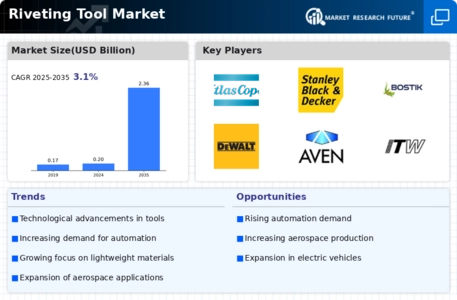
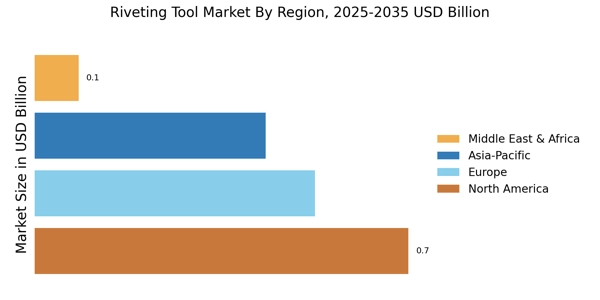
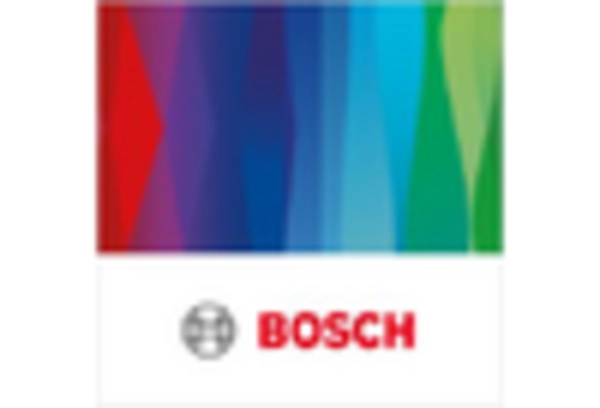
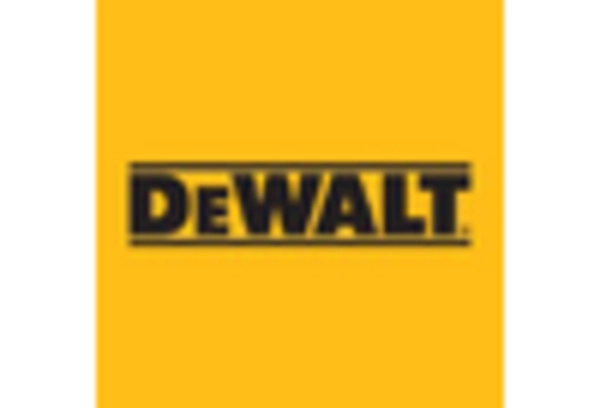
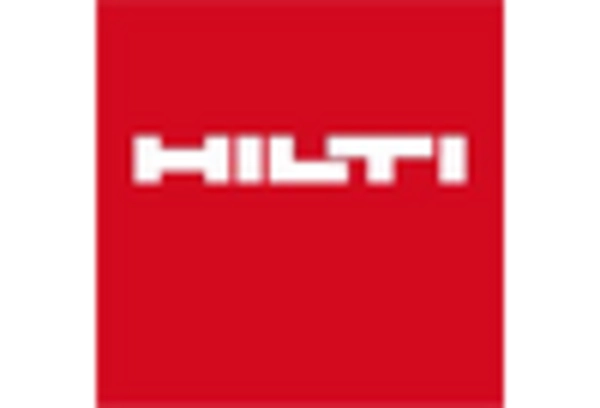
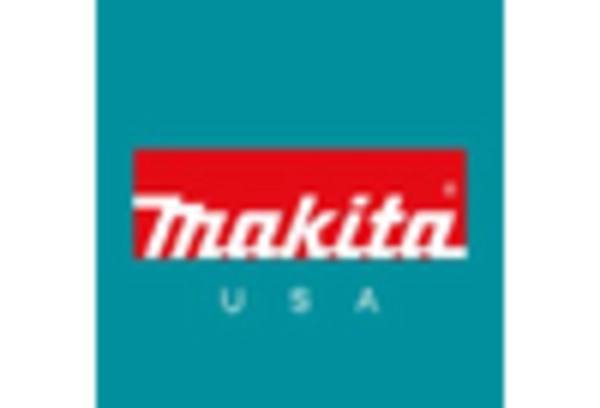
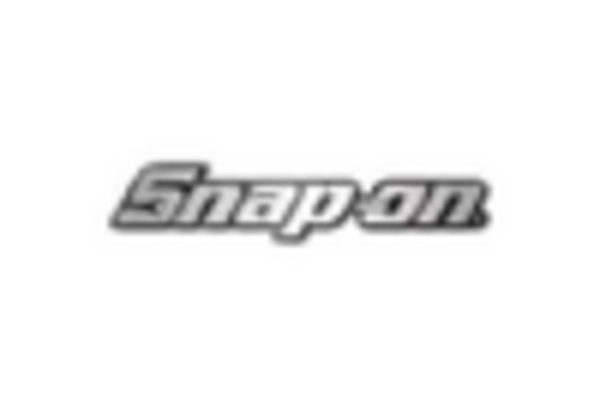
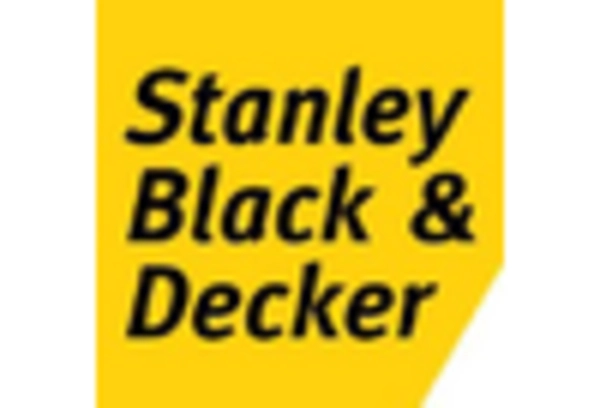








Leave a Comment